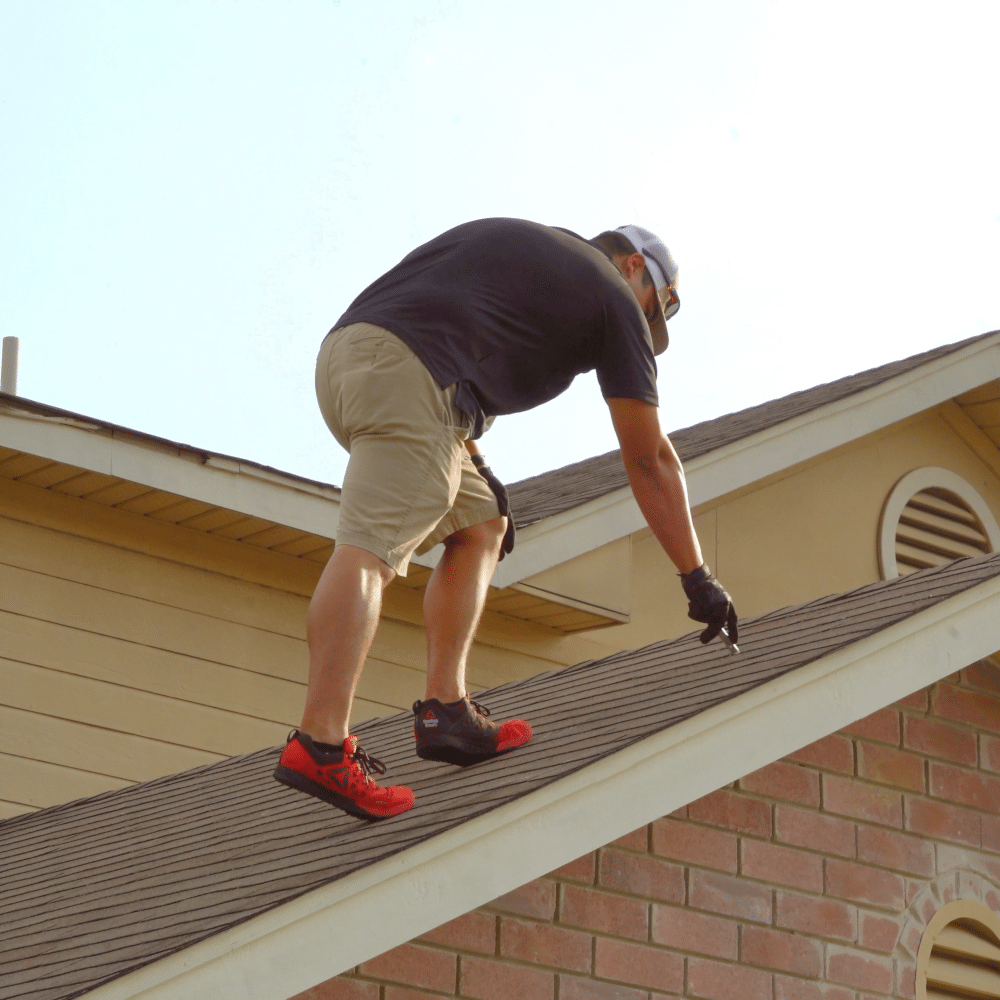A roof isn’t merely the crowning feature of your home; it’s a critical structure that ensures safety, protection, and durability. To achieve a roof that stands the test of time and provides a secure shelter, one must master the roofing codes and regulations that govern its construction. In this blog, we’ll explore the importance of understanding and adhering to these codes and regulations to build a robust and dependable roofing structure.
The Significance of Roofing Codes and Regulations
Roofing codes and regulations are a set of guidelines established by local, regional, or national authorities to ensure that roofing structures are constructed safely, efficiently, and in compliance with quality standards. These codes cover various aspects of roofing, including materials, design, installation, ventilation, fire safety, and structural integrity. Compliance with these standards is not only a legal obligation but also a fundamental requirement for the safety and longevity of your home.
Why Compliance Matters
Adhering to roofing codes and regulations is essential for several reasons:
- Safety: Codes are put in place to ensure that the roof can withstand diverse weather conditions and potential hazards, ultimately providing a safe environment for the occupants.
- Durability: Compliance guarantees that the roof is constructed to last, minimizing the need for frequent repairs and replacements.
- Legal Requirements: Non-compliance can result in legal issues, including fines and the halting of construction, leading to delays and increased costs.
- Insurance and Warranties: Many insurance policies and warranties require compliance with roofing codes, and non-compliance can void these protections.
Key Aspects of Roofing Codes and Regulations
Let’s delve into some crucial aspects covered by roofing codes and regulations:
1. Material Standards:
Codes specify the types of materials that can be used for roofing, ensuring they meet safety and quality standards.
2. Installation Guidelines:
Proper installation methods are outlined to guarantee the roof’s structural integrity and safety.
3. Fire Safety Requirements:
Codes emphasize the use of fire-resistant materials and designs to enhance the safety of the structure and its occupants.
4. Structural Integrity:
Regulations define the load-bearing capacity, ensuring that roofs can withstand varying loads, including those from snow, wind, and maintenance activities.
Navigating and Mastering Roofing Codes
To master roofing codes and regulations, consider these steps:
- Research Local Codes: Begin by researching and understanding the roofing codes specific to your area. Access local government websites or consult with professionals to stay updated on the latest versions and updates.
- Consult Roofing Professionals: They can provide invaluable insights and ensure your project aligns with the necessary requirements.
- Plan and Design Accordingly: This includes selecting appropriate materials and ensuring proper installation methods.
- Regular Compliance Checks: Conduct regular compliance checks throughout the project to ensure adherence to the stipulated standards.
Conclusion
Understanding and mastering roofing codes and regulations are essential steps in ensuring a strong and durable roof for your home. By navigating and adhering to roofing codes, you’ll be on the upward bound toward constructing a solid roofing structure that provides reliable protection and peace of mind for years to come.
Ready to comply with confidence? Visit Recon Roofing and Gutter Services for a FREE estimate. Elevate your roofing projects while staying within regulations today

